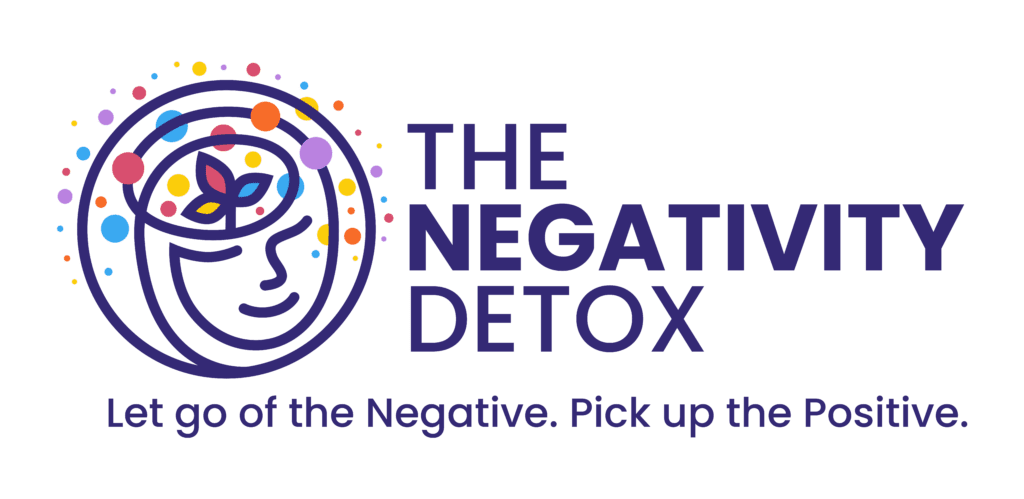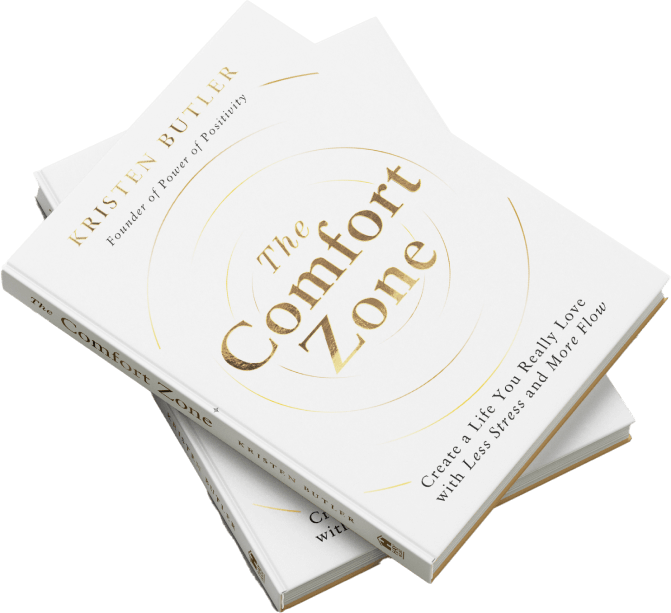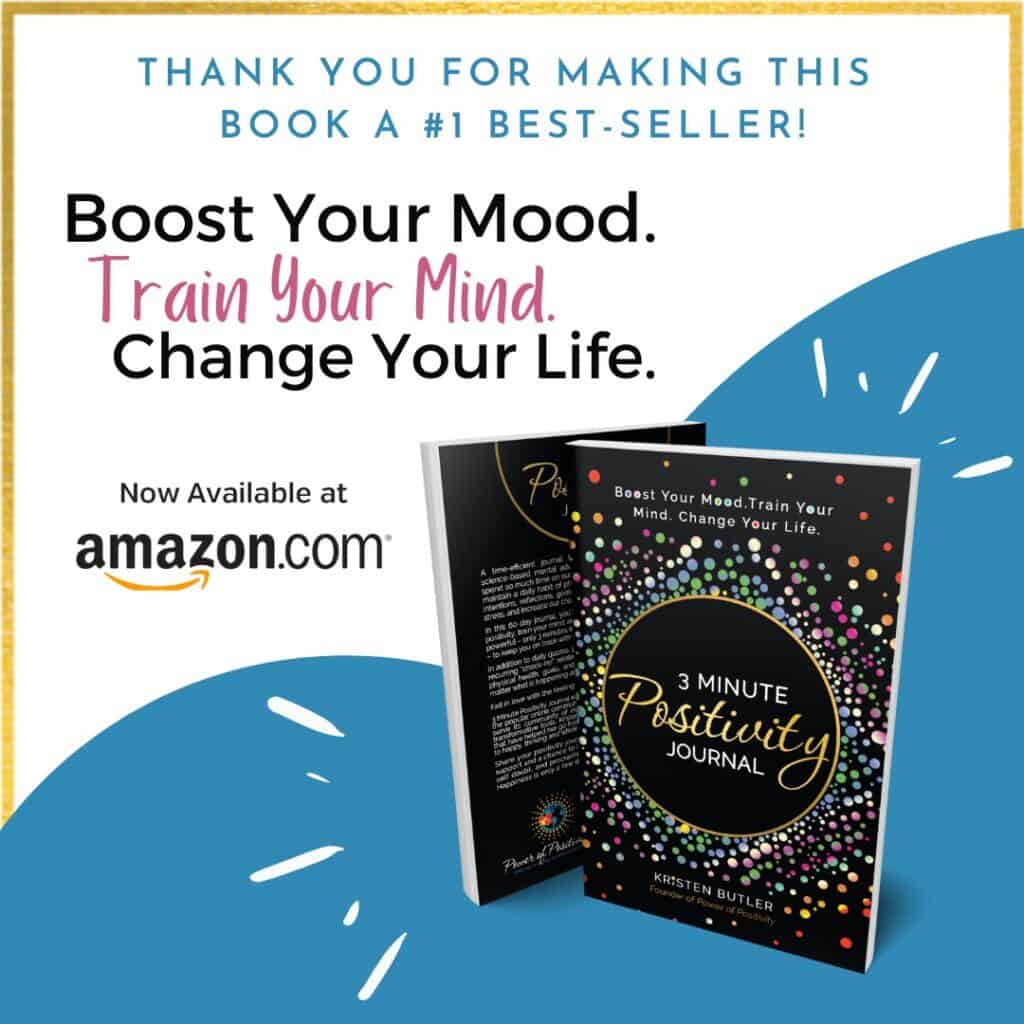Here are five easy techniques to stop worrying.
In a fast-paced, rapid-fire, fast-changing society, the sensation of worry has entrenched itself as a constant presence in the lives of countless individuals. But what causes worrying?
The relentless pace of technological advancements, the pressures of social media, and the demands of balancing personal and professional lives have all contributed to this heightened state of concern.
Concerns about job security, the intricacies of personal relationships, financial stability, and the unpredictable twists and turns that life often throws our way can lead to a cacophony of distressing thoughts that dominate our minds.
Why You Should Release Worry
These persistent thoughts can take a toll, both mentally and physically. Sleepless nights, a racing heart, and a clouded mind are just a few of the manifestations of this pervasive anxiety. The weight of such concerns can sometimes feel insurmountable, making many wonder if relief is within reach.
Here are some of the consequences of worrying too much:
Mental Health Impacts:
- Anxiety Disorders: Chronic worry can lead to generalized anxiety disorder, which often includes excessive, uncontrollable worry about various aspects of life.
- Depression: Persistent worries can contribute to feelings of hopelessness and sadness, potentially leading to depression.
- Decreased Cognitive Function: Worry can cloud judgment, impair decision-making, and reduce the ability to concentrate or focus.
Physical Health Impacts:
- Sleep Disturbances: Worry often leads to insomnia or disrupted sleep patterns, resulting in fatigue and reduced energy levels.
- Digestive Issues: Chronic worry can cause stomachaches, nausea, diarrhea, or constipation.
- Weakened Immune System: Constant stress and anxious thoughts can weaken the human immune system. As a result, it makes one more susceptible to infections.
- Cardiovascular Problems: Increased heart rate, high blood pressure, and an elevated risk of heart disease can result.
Behavioral Changes:
- Avoidance: Individuals might avoid situations or people that trigger their worries, leading to social isolation.
- Substance Abuse: Some might use alcohol, drugs, or other substances to cope with their constant worry.
- Overcompensation: In an attempt to control outcomes, some people might overprepare or overanalyze situations, leading to burnout.
Relationship Strains:
- Misunderstandings can lead to misinterpretations of others’ intentions, causing conflicts.
- Withdrawal: Those who overanalyze everything might pull away from loved ones, leading to feelings of isolation.
- Overdependence: Conversely, some might become overly reliant on loved ones for reassurance and support.
Reduced Quality of Life:
- Missed Opportunities: Due to fear and apprehension, individuals might miss out on experiences or opportunities.
- Decreased Enjoyment: Persistent worry can overshadow positive experiences, making it hard to enjoy the present moment.
- Financial Strain: Worry, especially about finances, can lead to impulsive decisions or avoidance, further exacerbating financial problems.
What Causes Someone to Worry?
The worry response is a natural emotional reaction to perceived threats or uncertainties. While it can be a regular part of the human experience, excessive or chronic worry, especially in the absence of external stressors, can indicate an underlying anxiety disorder. It is, therefore, essential to recognize the signs and seek appropriate support when needed.
The worry response is closely related to stress and anxiety. Both are emotional responses, but they have distinct triggers and manifestations:
Stress:
An external trigger typically causes stress. These triggers can be short-term, such as a looming work deadline or a disagreement with a loved one, or long-term, like chronic illness, discrimination, or inability to work. When under stress, individuals might experience various mental and physical symptoms, including irritability, anger, fatigue, muscle pain, digestive issues, and difficulty sleeping.
Anxiety:
By contrast, anxiety comes from persistent, excessive worries that persist despite no apparent external stressor. Anxiety symptoms closely mirror stress symptoms, including insomnia, difficulty concentrating, fatigue, muscle tension, and irritability. One of the most common forms of anxiety disorder means a person experiences excessive, hard-to-control worry on most days for six months. This worry can shift from one topic to another and may accompany other physical symptoms of anxiety.
It’s worth noting that while mild stress and anxiety can often be managed with similar coping mechanisms, such as physical activity, a balanced diet, and good sleep hygiene, more severe or persistent forms might require professional intervention.
If stress or anxiety starts to interfere with daily functioning or mood, it’s advisable to consult a mental health professional. They can provide additional coping tools and determine if an individual might be suffering from an anxiety disorder. These disorders differ from short-term feelings of anxiety in their severity and duration, often persisting for months and negatively impacting mood and daily activities.
According to the American Psychological Association (APA), 31% of Americans will have to confront an anxiety disorder at some point within their lifespan. Treatments for anxiety disorders can include psychotherapy, medication, or a combination of both. Cognitive behavioral therapy, or CBT, which focuses on changing maladaptive thought patterns related to anxiety, is one of the most widely used therapeutic approaches.
Five Methods to Release Worry in Under Five Minutes

Worry is an unwelcome companion for many. Whether it’s about work, relationships, or the myriad uncertainties of life, these nagging thoughts can be overwhelming. But what if you could release your concerns in under five minutes? It might sound too good to be true. Still, it’s entirely possible with a blend of psychology and mindfulness.
The best part about each of these science-backed techniques is that you can use them anytime, any place, and in under five minutes.
1. Grounding Techniques
Grounding techniques are a set of strategies used to distract the mind from distressing thoughts and bring attention to the present moment. One popular method is the “5-4-3-2-1” technique:
- 5: Identify five things you can see around you.
- 4: Touch four things.
- 3: Identify three sounds you can hear.
- 2: Identify two things you can smell.
- 1: Identify one thing you can taste.
Institutions like Harvard Medical School suggest that grounding techniques and similar exercises can help divert attention from distressing thoughts and anchor the mind in the present.
2. Deep Breathing to Release Worry
Deep breathing is more than just a relaxation technique; it’s a powerful tool to combat worry. When anxious or worried, our breathing becomes shallow. We can activate the parasympathetic nervous system by taking deep breaths, which promotes relaxation.
How to do deep breathing:
Inhale deeply through your nose for a four-count, then hold the inhaled breath for a four-count. Finally, you will exhale slowly through your mouth for a count of six. Repeat this cycle for a few minutes.
An article from Michigan State University agrees that deep breathing exercises can reduce cortisol levels, the body’s primary stress hormone.
3. Reframe Your Thoughts
Cognitive restructuring, a core component of cognitive-behavioral therapy, involves identifying and challenging negative thought patterns. When you catch yourself worrying, ask yourself these questions:
- Is this thought based on facts or assumptions?
- What’s the worst that could happen? How likely is it?
- Can I cope with the worst-case scenario?
By answering these questions, you may shift your perspective and reduce the intensity of your worries. Cognitive restructuring can significantly decrease anxiety levels.
4. Mindfulness Meditation
Mindfulness meditation is about observing your thoughts without judgment. It’s not about clearing your mind. Instead, it’s all about acknowledging your worries and letting them pass.
How to do mindfulness meditation:
Find a quiet spot, close your eyes, and focus on your breath. When your mind wanders (and without a doubt, it will), gently bring your attention back to your breathing.
Countless research shows how regular mindfulness meditation can reduce the brain’s worry pathways. Thus, it becomes a potent tool against those intrusive thoughts.
5. Visualize a Worry Box
Visualization is a powerful tool in psychology. Imagine a box in your mind. Whenever you have a worrying thought, visualize placing that thought in the box. At the end of the day, you can close the box and leave the worries alone. Or, you can toss them in the trash bin.
The Ohio Chapter of the American Academy of Pediatrics explains that this technique is highly effective in children. However, it’s also worth a try as an adult.
Final Thoughts on Learning to Release Worry in Under Five Minutes
Worry is a natural part of the human experience. But that does not mean it has to control your life. By incorporating these scientifically-backed techniques into your daily routine, you can release your worries in under five minutes. Remember, it’s not about eliminating worry but managing it. With practice and patience, a calmer mind is within your grasp.
Give it a try today – you have nothing to lose…but those nagging thoughts!





















